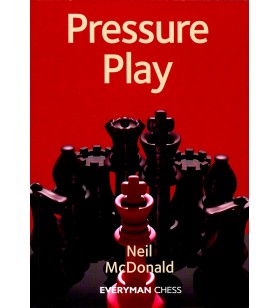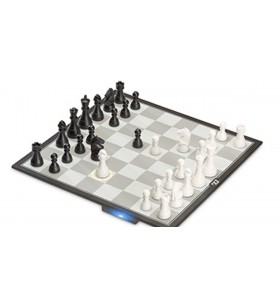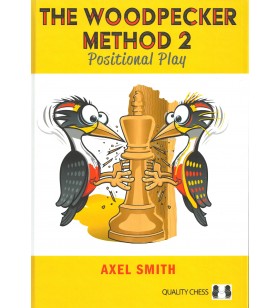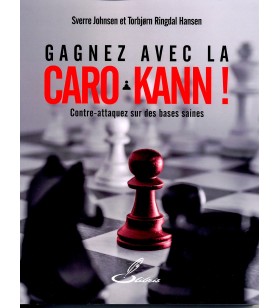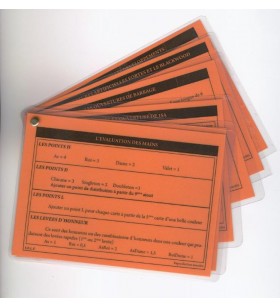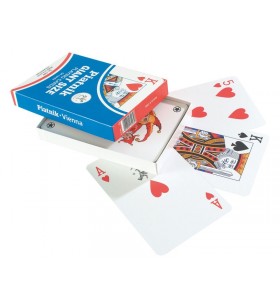The Benoni is a chess opening that offers Black excellent chances to play for a win. One of the main reasons for this is that it creates unbalanced positions from the very beginning, which favors the player with a better understanding of the nuances of the position. The Benoni involves Black placing their pawns on d6 and c5, and then fianchettoing their dark-squared bishop on g7. This setup creates a solid pawn structure and puts pressure on White’s center, making it difficult for them to launch a direct attack, while simultaneously threatening the c3 knight and the b2 pawn.
The Benoni is a chess opening that originated in the 19th century, but it wasn’t until the mid-20th century that it gained widespread popularity. The Benoni was initially viewed as somewhat dubious, as it allowed White to gain a strong pawn center with moves like d5 and e4. However, in the 20th century, players such as Mikhail Tal and Robert Fischer began to experiment with the Benoni and achieve success with it. They demonstrated that the opening could create dynamic and unbalanced positions that favored Black’s attacking chances. Over the years, the Benoni has gone through many variations and refinements as players on both sides have sought to find the best way to play against it. Despite this, the opening remains a popular and viable option for Black, offering excellent chances to play for a win in the right hands.
As a player, Ivanišević has had many successful games with the Benoni, including wins against many top-ranked players. He is known for his aggressive and dynamic style of play, which is well-suited to the Benoni’s unbalanced and tactical positions. He has been playing Benoni for more than ten years in both classical and rapid chess formats.
The book ”Benoni“ is an invaluable resource for anyone looking to master this exciting and challenging opening. Whether you’re a beginner or an experienced player, this book is sure to help you improve your game and achieve better results. The book covers all the key variations of the Benoni and provides readers with a deep understanding of the opening’s strategic and tactical ideas. Ivanišević’s extensive experience and expertise with the opening are evident in the book, which is full of practical tips, annotated games, and detailed analysis. 295 pages

 Français
Français Nederlands
Nederlands English
English







